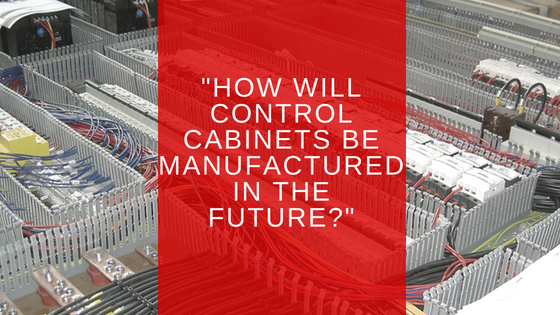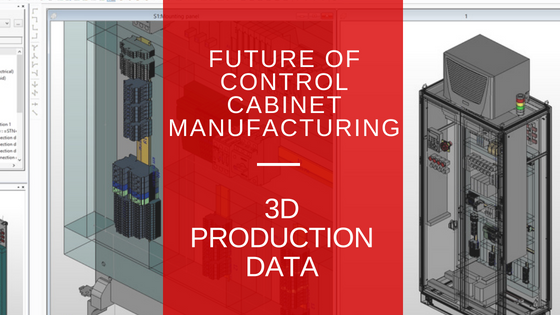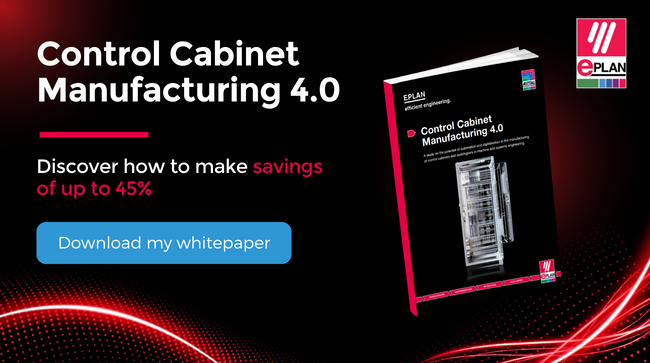Author
 John Boynton
John has worked for EPLAN for 24 years and is our Technical Business Manager. A member of The Institute of Engineering & Technology, and The Engineering Council for over 20 years, John has a wealth of experience and skills ranging from analysing customers' processes in order to identify areas in which could be made more efficient, to project management, consultancy, method counselling and project commissioning.
boynton.j@eplan.co.uk
John Boynton auf LinkedIn
John Boynton
John has worked for EPLAN for 24 years and is our Technical Business Manager. A member of The Institute of Engineering & Technology, and The Engineering Council for over 20 years, John has a wealth of experience and skills ranging from analysing customers' processes in order to identify areas in which could be made more efficient, to project management, consultancy, method counselling and project commissioning.
boynton.j@eplan.co.uk
John Boynton auf LinkedIn
Control Cabinet Manufacturing 4.0
The key is better communication between design and production to achieve a data-driven operations strategy. Design and production are the two main areas within a product's value chain but unfortunately personnel working in these two areas often undergo different training and adopt different working practices and methods. As a result, design engineers frequently have in mind production processes that are different from those eventually adopted. To put it plainly, the design and production teams both seek the same outcome, but set about achieving it in different ways - which often leads to problems and inefficiencies.

With this in mind, EPLAN has carried out a study that seeks to answer the question "How will control cabinets be manufactured in the future?" The company's researchers wanted to see how better interdepartmental communication and data collection could help control cabinet manufacturers to create efficient, time and energy-saving projects.
An interesting finding from the study was that companies that currently work on a project/order basis, where designs are for the most part produced afresh for each order, can make time savings of up to 45% in their engineering processes by shifting to function-based, modular circuit diagrams.

The study also looked at the use of 3D production data. Designing control cabinets and swichboards in 3D is achieved by creating a 3D layout and then adding "virtual wiring" for the components. The 3D model helps designers make best use of the valuable control panel space. In addition, integrated planning aids automate tasks such as collision testing, adherence to component manufacturers' installation guidelines and ensuring that minimum bending radii are not exceeded.
We hope that this has whetted your appetite to find out more about the future of control cabinet and switchgear design and manufacture but we can't really do justice to the intricacies of 3D CAE design and data-based manufacturing in a blog post. We therefore invite you to download our white paper and read all about our study, which was done in conjunction with the University of Stuttgart, and read all about our study and the very practical solutions it proposes.




Comments